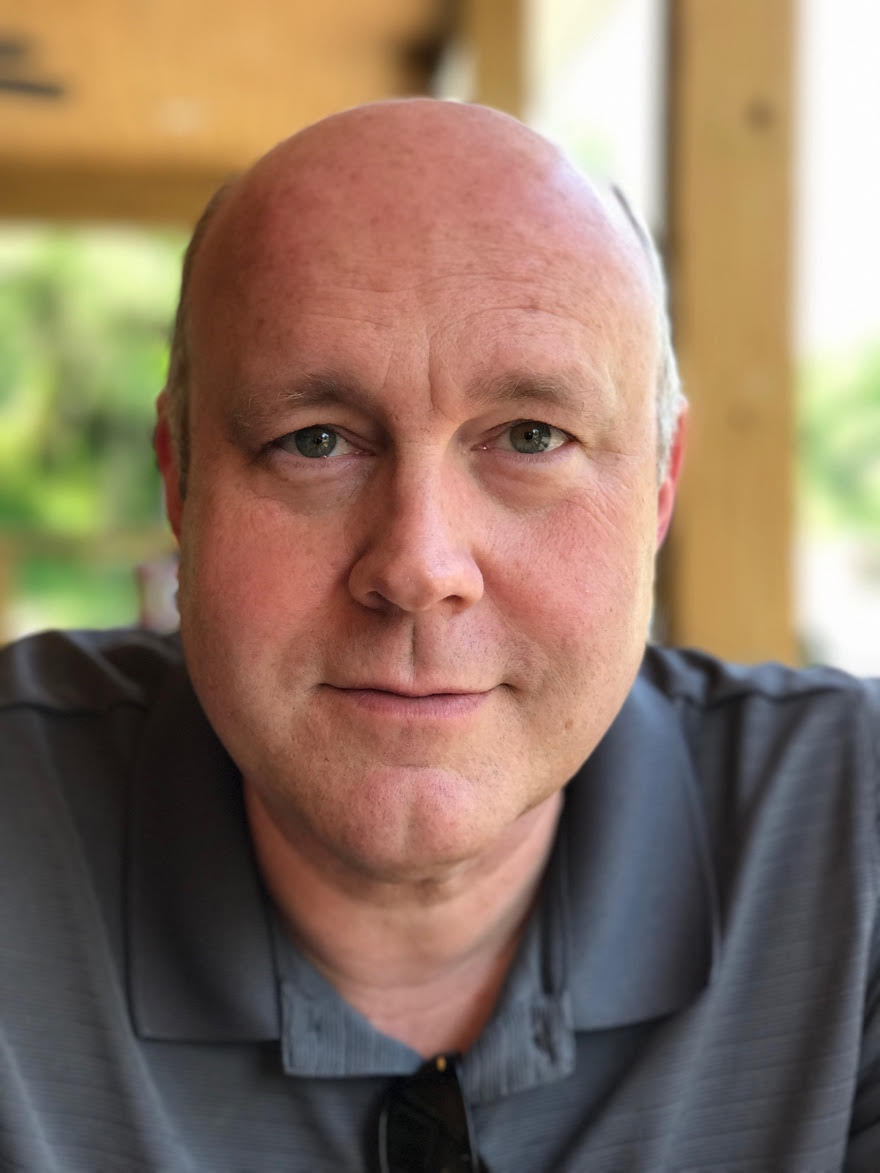Working Together, Apart
How We Work | People Operations | Shared Leadership | Board of Directors
As of January 1, 2020, Fractured Atlas has no physical headquarters, no home office, no official shared workspace whatsoever. As you can read elsewhere, the organization (for which I’m honored to serve on the board) decided not to renew its lease on its long-standing Manhattan office, instead embracing an entirely “virtual” workforce.
The transition had been evolving for a while, but still seemed to come on fast. More and more staff members were taking advantage of mobile work opportunities. More and more new hires were selected from a global pool of applicants, who brought their gifts to our mission in part because it didn’t require a move to Manhattan (and, of course, because we do cool things that matter to creative people). As both cause and effect, the organization built its capacity around remote employment — not just in technology and communications, but also in mundane/complicated things like multi-state payroll, benefits, and performance support.
From a Virtual Board to a Virtual Team
Prior to January 1, the board had been meeting virtually for a year or two already, which isn’t unique for governing boards. With international board membership, hybrid meetings (many in a room, some on a screen or phone) had become a common occurrence. But as fewer of us gathered in person, the hybrid became more problematic. Now all of us meet remotely, although we still gather occasionally for intense or complex tasks – our full-board anti-racist/anti-oppression training, as an example.
For the organization, there are many tactical and practical benefits to untethering from a shared workspace. I’m all-in on the initiative and eager to watch it evolve. I’m also confident that our leadership and governance team has been rigorous in considering the risks and benefits (of course, we’ll still be surprised). But along the way, I’ve become intrigued by the invisible, implicit, and possibly unknowable qualities of shared physical space as a component of how we (or any collective) work together.
In short, it’s not clear to me what we’re abandoning when we abandon the shared physical workplace.
Collaboration without Shared Space
Humans are evolutionarily social animals. Thousands of generations of mutation, iteration, and natural selection have given us instincts, DNA-deep, toward shared action and interaction, toward social, cultural, and personal behaviors that support collective effort. The opportunity to do collective work from a persistent physical distance has been available for only a microsecond on that evolutionary clock.
Being proximal, sharing space, working alongside others, even when we’re not explicitly working on the same thing, has been a dominant reality of shared effort for tens of thousands of years. Designed environments for such work, such as offices, are evolved products of the past several centuries.
As a result, there are likely a million subconscious cues that help us work together effectively when we’re with each other. A small fraction of these are available to our conscious awareness and our explicit control. The vast majority are deeper than reason.
Evolving Work Environments
At the same time, and for the same reasons, the evolved physical work environment is rife with a million forms of power imbalances, cultural/racial/ethnic/class biases, and invisible barriers that impede opportunities for inclusive and innovative work. The corporate office, much like many social science disciplines, has developed primarily in service to the WEIRD (Western, Educated, Industrialized, Rich, and Democratic…to which we should add “White”) rather than the wider world of human experience.
So, how does the Fractured Atlas staff, leadership, and board know that abandoning a shared physical workspace will shift these million invisible forces toward the better rather than the worse? We don’t. It’s a best guess. It’s a considered response to our changing environment, as well as a commitment to learn as we go.
This iterative, action-focused, solve-the-problem-as-we-learn-the-problem approach is a large part of what I love and admire about Fractured Atlas. The organization has a history of building pragmatic bridges across complex chasms that separate artistic inspiration from expressive action. We have a bold, curious, and brilliant team. We have examples and experiences, and an eagerness to learn, from other individuals and collectives that have made this journey (we are in no way the first, the last, nor the best at this work, but we’re making our way).
Out to Sea
Novelist André Gide wrote that “One doesn’t discover new lands without consenting to lose sight of the shore for a very long time.” With our departure from a shared physical home base, Fractured Atlas is entering a great unknown. We’ve slipped our moorings and we’re off to sea, blessed with a working compass and an able crew. There may well be dragons. We’ll keep you posted.
If you're interested in learning more about #HowWeWork and shared leadership, check our some of our other blogs on the topic.
About Andrew Taylor
Andrew Taylor thinks (a bit too much) about organizational structure, strategy, and management practice in the nonprofit arts. An Associate Professor of Arts Management at American University in Washington, DC, he also consults for cultural, educational, and support organizations. He shares what he learns at “The Artful Manager” (www.artfulmanager.com).


